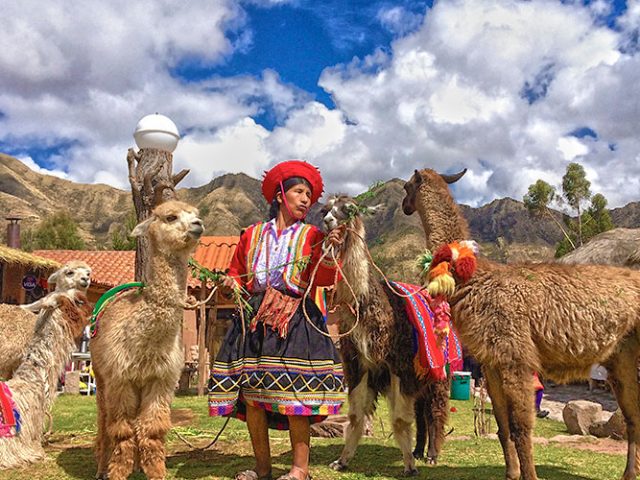The Language of The Incas
Quechua, also known as Runa Simi, was the official language of the Incas and is the most widely spoken indigenous language in South America. It currently has some 12 million speakers spread across various regions of Peru, Ecuador, Chile, Colombia, Argentina and Bolivia.
Quechua: The surviving language of the Inca Empire
Peruvians typically consider the Quechua spoken in Cusco region to be the most authentic version of the language of the Incas. However, from a linguistic point of view, the Quechua spoken in Cusco is no more similar to the original Quechua language than the variants currently spoken in other regions.
Although the precise origins of Quechua continue to be shrouded in mystery, it is widely recognized that the language had existed in Peru for more than a millennium before the rise of the Inca civilization. The Inca people played a key role in promoting the use and spread of Quechua throughout the Andean region. Historians speculate that during the Inca period the population spoke Quechua, while the nobility supposedly used a completely different language, known only to them. Although there is no concrete evidence to confirm this version, many believe it.
In the 16th century, before the arrival of the Spanish colonists, the Quechua language had already spread to what is now known as Argentina, Brazil and Colombia.
Before Spanish colonization, Quechua existed only as an oral language with no written form. It was the Spanish colonists who introduced the Latin alphabet to transcribe Quechua. The first written documentation of Quechua dates back to 1560, when the missionary Domingo de Santo Tomás compiled a dictionary after spending two decades mastering the language. His main work, “Gramática o arte de la lengua general de los indios de los reynos del Perú” (Grammar or art of the general language of the Indians of the kingdoms of Peru), was the first formal written record of Quechua.
Quechua Today
Quechua is currently the predominant indigenous language in Peru and one of the country’s official languages. Its pervasive influence spreads to many rural localities, where it is the main means of daily communication. Quechua is especially important in the southern and central highlands of Peru, where it has great resonance.












